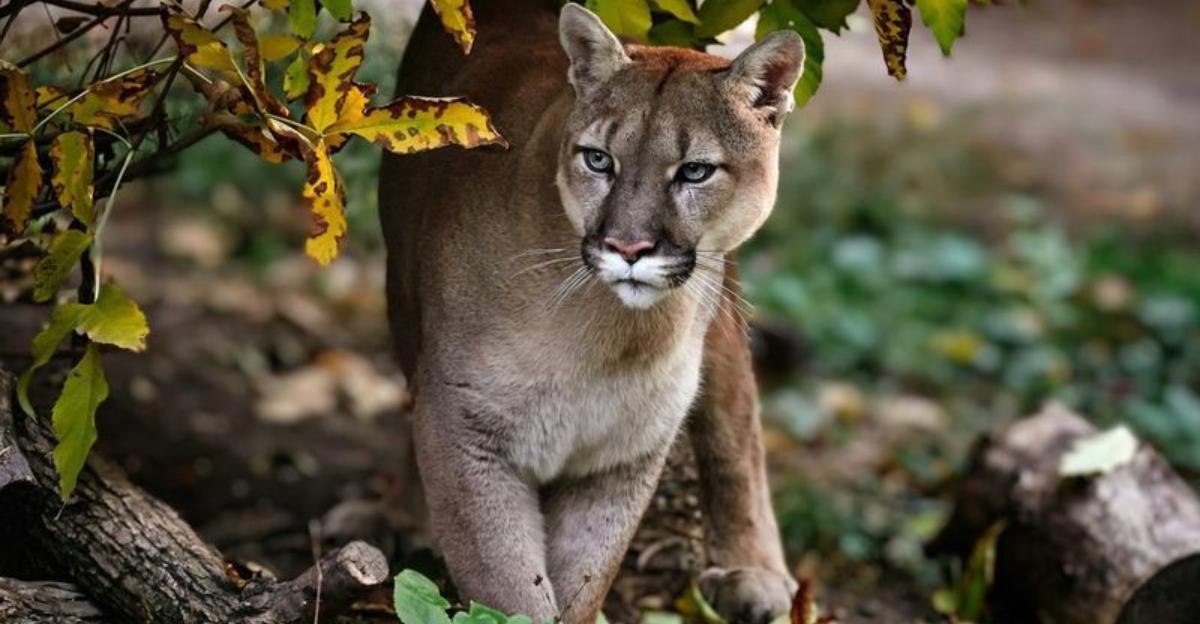📖 Table of Content:
Cougars, also known as mountain lions, require extensive, uninterrupted habitats to thrive. Fragmentation due to human development creates significant survival challenges. This article explores the reasons why wide open paths are essential for cougars, backed by scientific evidence.
1. Habitat Fragmentation and Its Impact
Highways and urban sprawl create barriers for cougars, isolating them from potential mates and prey. In California’s Santa Monica Mountains, highways like U.S. 101 and I-405 hinder cougar movement. This isolation results in reduced genetic diversity, increasing susceptibility to diseases. Over time, these fragmented habitats threaten cougar survival. The limited genetic pool, combined with environmental pressures, poses a critical challenge for these majestic predators. Preserving their habitats by minimizing fragmentation is crucial for maintaining healthy populations. Understanding these impacts drives conservation efforts and emphasizes the importance of creating wildlife corridors.
2. The Role of Wildlife Corridors
Wildlife corridors serve as lifelines for cougars, reconnecting fragmented habitats. These pathways allow safe passage, facilitating gene flow and resource access. The Wallis Annenberg Wildlife Crossing, under construction in Southern California, exemplifies this approach. Once completed, it will be the world’s largest wildlife crossing, spanning Highway 101. Such corridors are vital for enhancing genetic diversity and reducing human-wildlife conflicts. By bridging isolated areas, they offer hope for sustaining cougar populations and preserving biodiversity. Conservationists advocate for more such structures to ensure wildlife thrives amidst expanding human developments.
3. Ecological Significance of Cougars
Cougars play an essential role in ecosystem balance as apex predators. By regulating prey populations, they indirectly support vegetation health and broader ecological dynamics. In the Greater Yellowstone Ecosystem, for instance, cougar-killed carcasses sustain a variety of scavengers and insects. This predator-prey interaction underscores their importance in maintaining biodiversity. Without cougars, ecosystems could face overpopulation of certain species, leading to habitat degradation. Protecting cougars ensures the continued harmony of these natural systems. Their presence is a testament to healthy, functioning environments and the intricate relationships within them.
4. Challenges of Urban Development
Urban development encroaches on cougar habitats, posing lethal risks and resource scarcity. These predators often venture into suburban areas in search of food, leading to potential conflicts with humans. The expansion of cities amplifies habitat fragmentation, restricting cougar territories. This alteration in their natural range forces cougars to adapt to unfamiliar environments, often with dire consequences. Conservation strategies are imperative to mitigate these challenges. By integrating urban planning with wildlife considerations, it’s possible to design spaces that accommodate both human needs and wildlife survival. Innovative solutions can bridge the gap between nature and urban life.
5. Genetic Diversity and Health
Genetic diversity is vital for cougar health and resilience. Fragmented habitats lead to inbreeding, reducing genetic variation and increasing vulnerability to diseases. In places like the Santa Monica Mountains, limited gene flow has been observed among isolated cougar populations. This genetic bottleneck threatens their long-term survival. By facilitating movement through wildlife corridors, conservationists aim to enhance genetic diversity. Healthy gene pools are crucial for adaptive capabilities and overall species longevity. Protecting cougars’ genetic health ensures robust populations that can withstand environmental changes and pressures.
6. Human-Wildlife Conflict
As cougars’ habitats shrink, encounters with humans become more frequent. These interactions often result in conflicts, especially when cougars prey on livestock or pets. Educating communities about cougar behavior and promoting coexistence can mitigate these issues. Implementing preventive measures, like secure livestock enclosures, can reduce conflicts. Public awareness campaigns play a key role in fostering understanding and tolerance. By addressing human-wildlife conflict proactively, it’s possible to create harmonious environments where both humans and cougars can coexist. Solutions require collaboration between communities, conservationists, and policymakers to achieve lasting results.
7. Conservation Success Stories
Conservation efforts have shown promise in supporting cougar populations. Initiatives like the establishment of protected areas and wildlife crossings highlight successful strategies. In places where such measures are implemented, cougar numbers show signs of recovery. These stories of success inspire further action and demonstrate the effectiveness of targeted conservation. Collaborative efforts between governments, NGOs, and local communities are crucial for sustained progress. By celebrating these achievements, awareness and support for ongoing and future projects are bolstered. Conservation success is not just about saving a species but preserving the natural heritage for future generations.







